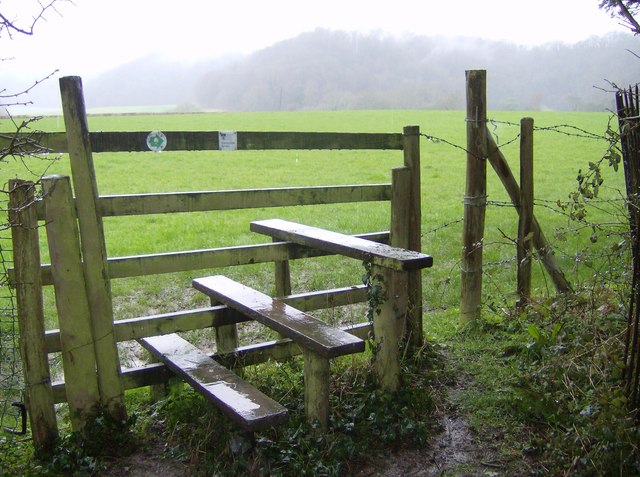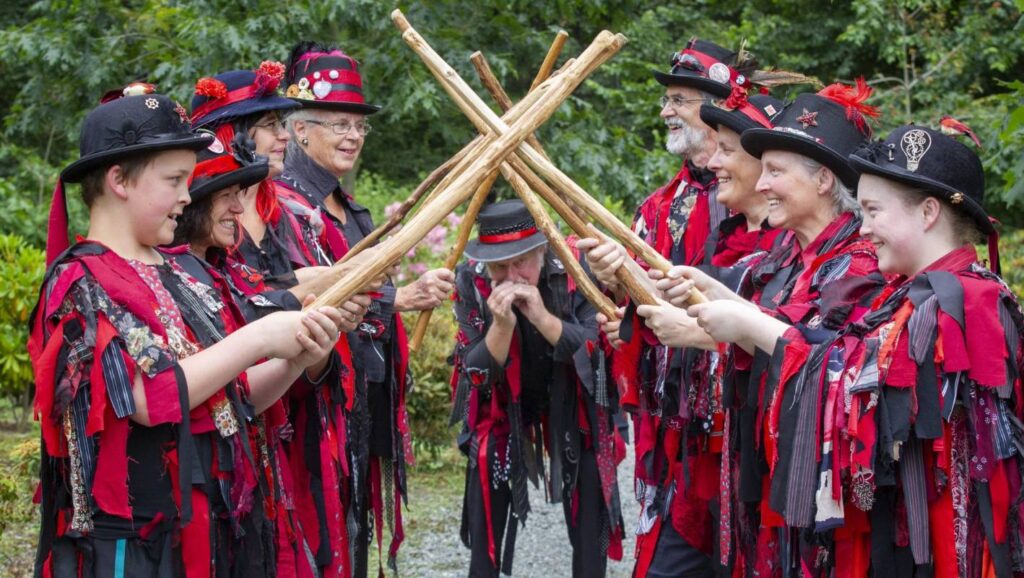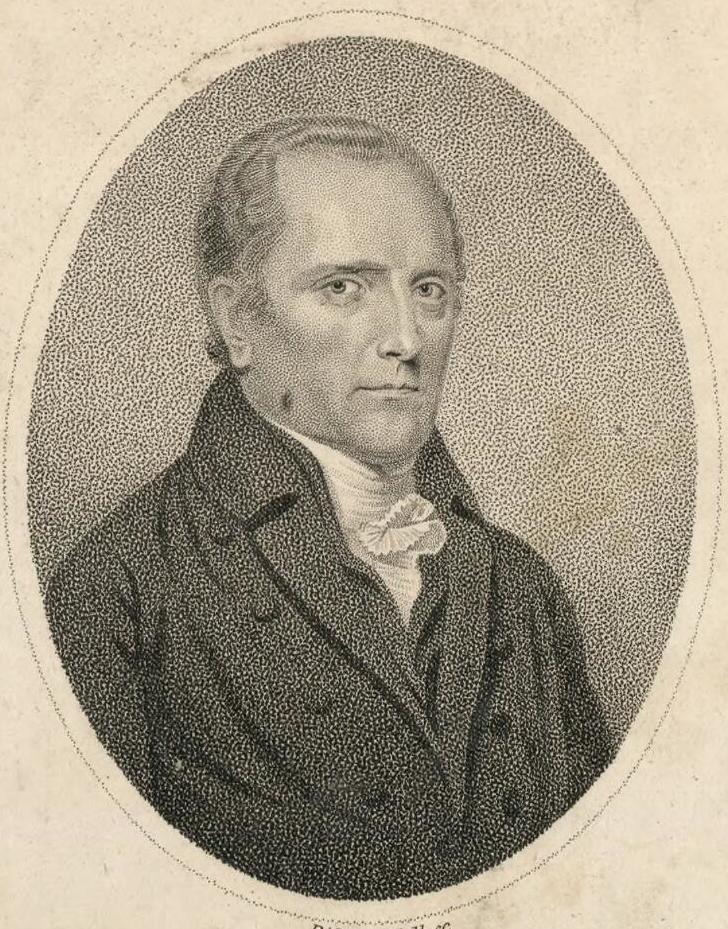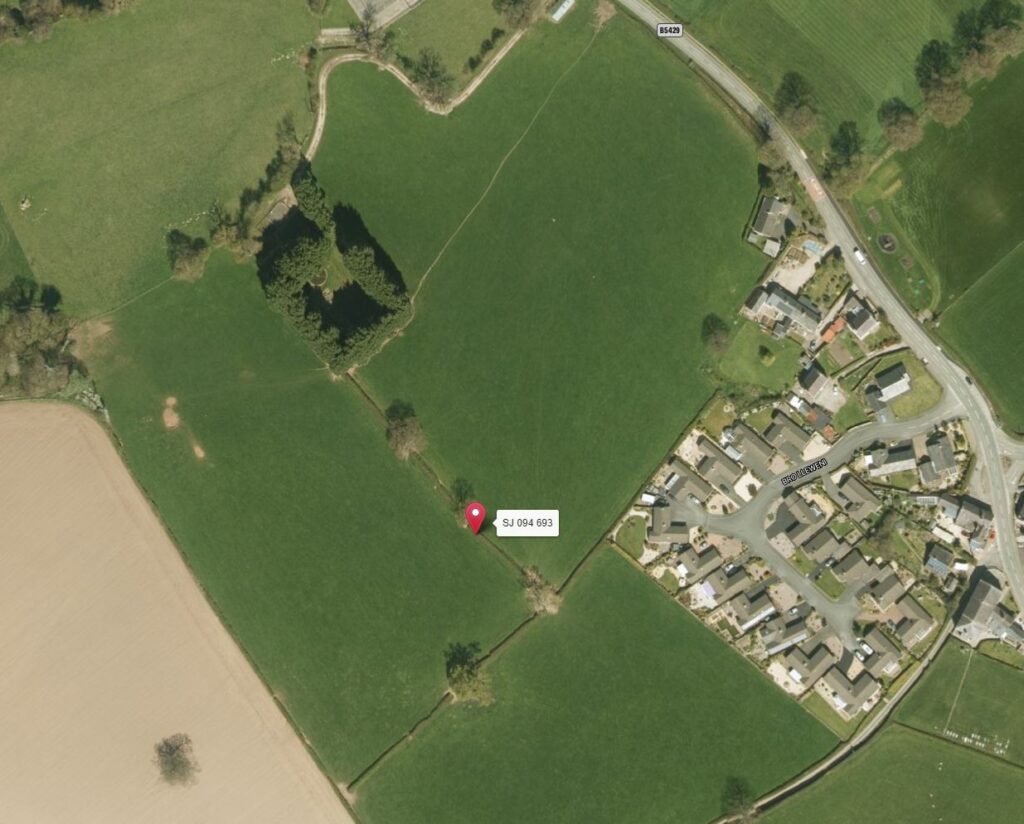The Scariest British Fairy Encounter? The Elf Dancers of Cae Caled (&Podcast) September 29, 2021
Author: Beach Combing | in : Modern , trackbackIntroduction
Take three children, an adolescent, a score of dancing elves, an unnerving chase and a stile. What do you get? Perhaps the scariest British fairy encounter.
The Dancers
It was summer 1757, and about midday. At Lanelwyd House to the south of Bodfari (Wales) four children decided to play outside, as the adults prepared for lunch. The children came from two families. There was Barbara Jones (15) and her sister Ann Jones (11); Edward Williams (7) and his sister, Jane (10).*
The children climbed over a stile into a nearby field, Cae Caled, and set to their games when one of them noticed a group of small humans dancing about seventy yards away. At this point things began to get very strange, very quickly.
The figures were ‘little bigger than we, but of a dwarfish appearance’. They wore red and had red head scarfs polka dotted with yellow. They carried handkerchiefs in their hands as they danced.
This seems to have been some kind of frenetic pair dancing: our narrator compared it to Morris Dancing or May Dancing. The figures were dancing so quickly that the children had difficulty in working out how many dancers they were: there was ‘something uncommonly wild in their motions’. The children settled on about sixteen. There seems to have been no music. In fact, no noise of any kind is recorded. Eerie.
The Chase
At this point one of the dancers broke away from the group and moved towards the children. ‘He came towards us in a slow-running pace, but with long steps for a little one.’ The children ran for the stile as quickly as they could. Edward Williams, as he sprinted off, ‘screamed exceedingly’.
Tiny Edward, who recorded the episode, remembered, as an adult, the exact order in which the girls went over the stile: he arrived at the stile last as he was the slowest runner and had to wait. First went Barbara, then Ann, then Edward’s sister, then just as the ‘elf’ was arriving, Edward himself was hauled over by Jane.
The dancer apparently said nothing – the silence in the account adds to the terror, at least for me – but he tried to grab Edward then leant over the stile towards the children. He had a ‘swarthy, and grim complexion’ and his skin was ‘copper-coloured’. He ‘looked old rather than young’. Williams described him as a ‘warlike Lilliputian’.
The children ‘with palpitating hearts and loud cries’ ran towards Lanelwyd House. The men had already sat down to dinner and rushed out as they heard the tumult. But though the dancers had been just 150 yards from the front door they had all disappeared.
The Sources
We are lucky in that we have two different accounts of the same incident albeit from the same individual, Edward Williams (1750-1813), later a prominent Methodist. EW wrote the first account as a letter to Edmund Jones (1702-1793), who was then collecting supernatural accounts. We don’t, unfortunately, have the date of the letter, but Williams is described as a ‘pious young gentleman’ and will have been in his twenties.
Jones included the letter in his collection, A Relation of Apparitions of Spirits in the Principality of Wales published in 1780 and it enjoyed a wide circulation because Thomas Crofton Croker later quoted it in the third (British) volume of Fairy Legends and Traditions of the South of Ireland.
The second account was apparently written by EW towards the end of his life. It was published by Elias Owen in his 1896 folklore collection. Owen says that the memory had already been published in Williams’ autobiography. But no such autobiography exists! (At least I can find none). Owen states, in any case, that he is using a copy written in Williams’ own hand.
There are some tiny differences between the two accounts. In the first the neighbours’ children are called Jones, in the second Evans. In the second account the dancers have handkerchiefs, in the first they do not. Jones had compared them to Morris Dancers. Perhaps he had filled in gaps in his memory with some morris dancing paraphernalia?
I’ve put together a collection of the sources and a couple of red herrings here. Cae Caled is often referenced but, as far as I know, no one has appreciated that there are two different versions!
Location
I’ve tried to work out where exactly the dance and chase took place. Williams talks about Bodfari in Denbighshire, Lanelwyd House and a field attached to that house Cae Caled, literally ‘the hard field’. Bodfari is a small village on the old borders between Denbighshire and Flintshire, surrounded (particularly to the north) by atmospheric countryside. The big problem has been in identifying Lanelwyd House.
The relevant part of the parish seems, instead, to be Glan Clwyd to the south: see the OS map above. The satellite photograph shows the ‘most likely candidate’ ‘a field named Cae Caled listed in the 1849 Tithe Map Schedule as Plot 11 of Glan Clwyd farm… It still exists, though a small portion of the north-west corner has been given over to a sewage works’ (Alvin Nicholas, Supernatural Wales). Hat tip to Alvin who went to the area and did all the hard work here.
The Mystery of Cae Caled
Chris Woodyard and myself have set about looking at some of the curiosities of Cae Caled in a podcast episode published today. Our conversation around fairy clothes, dancing and memory lasts just under fifty minutes. The scariest British fairy encounter deserves an in depth study. We hope we’ve laid the foundations for that.
* Note that at no point does EW give the name of his sister. We do know, from other sources, that he had a sister called Jane. I’ve used this as a credible place-holder.
Any thoughts on the dancers? drbeachcombing AT gmail DOT com
For old friends of the Beachcombing family we stutter on in our lives: girls now at three different schools and the tortoises about to hibernate. Greetings to you all!








